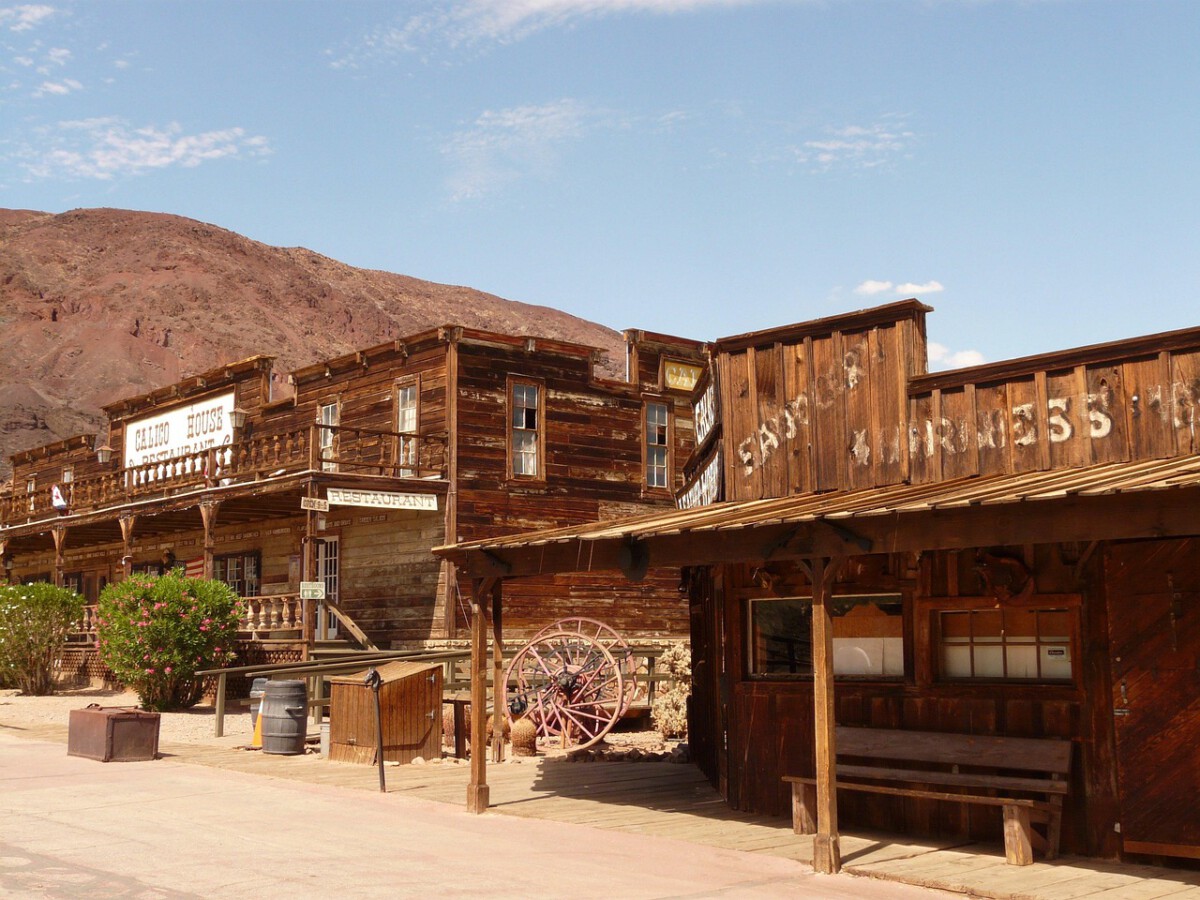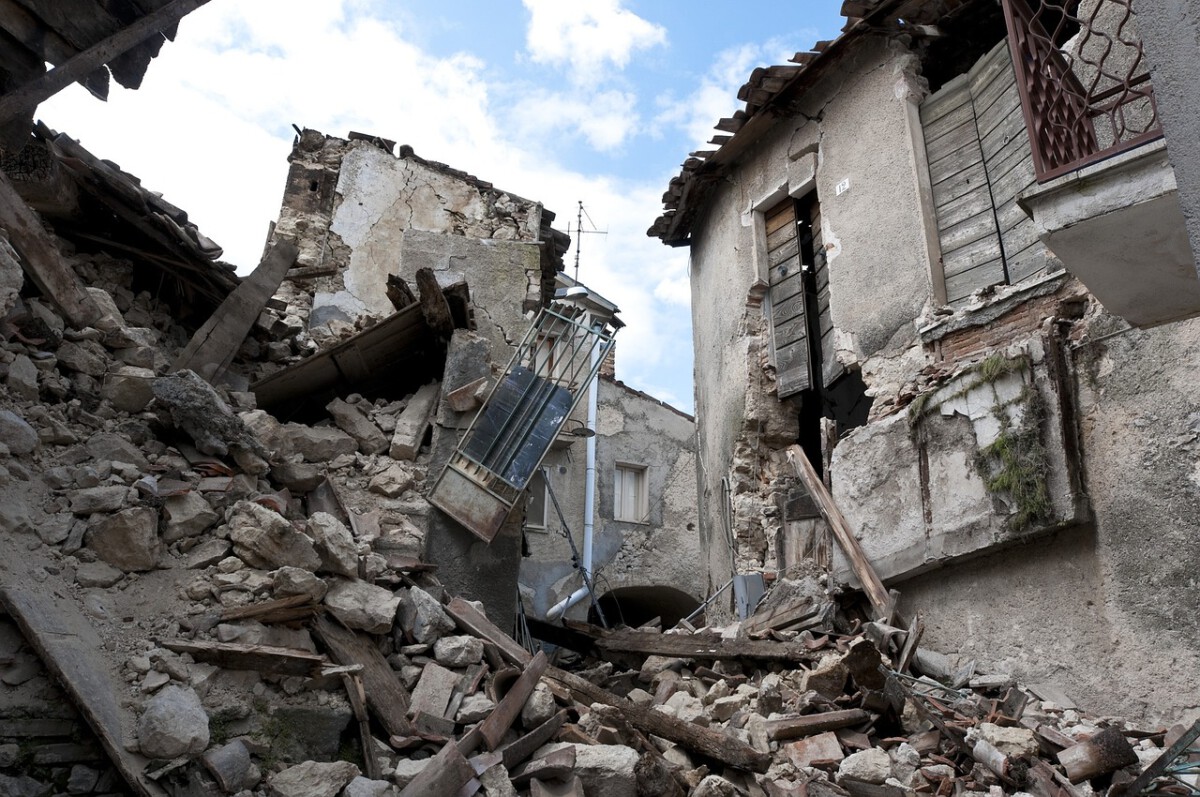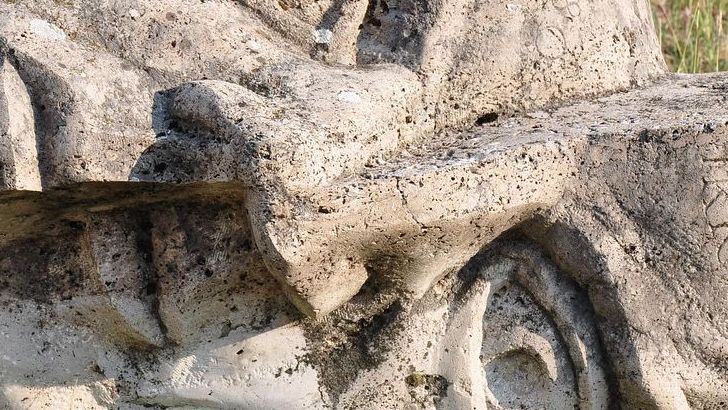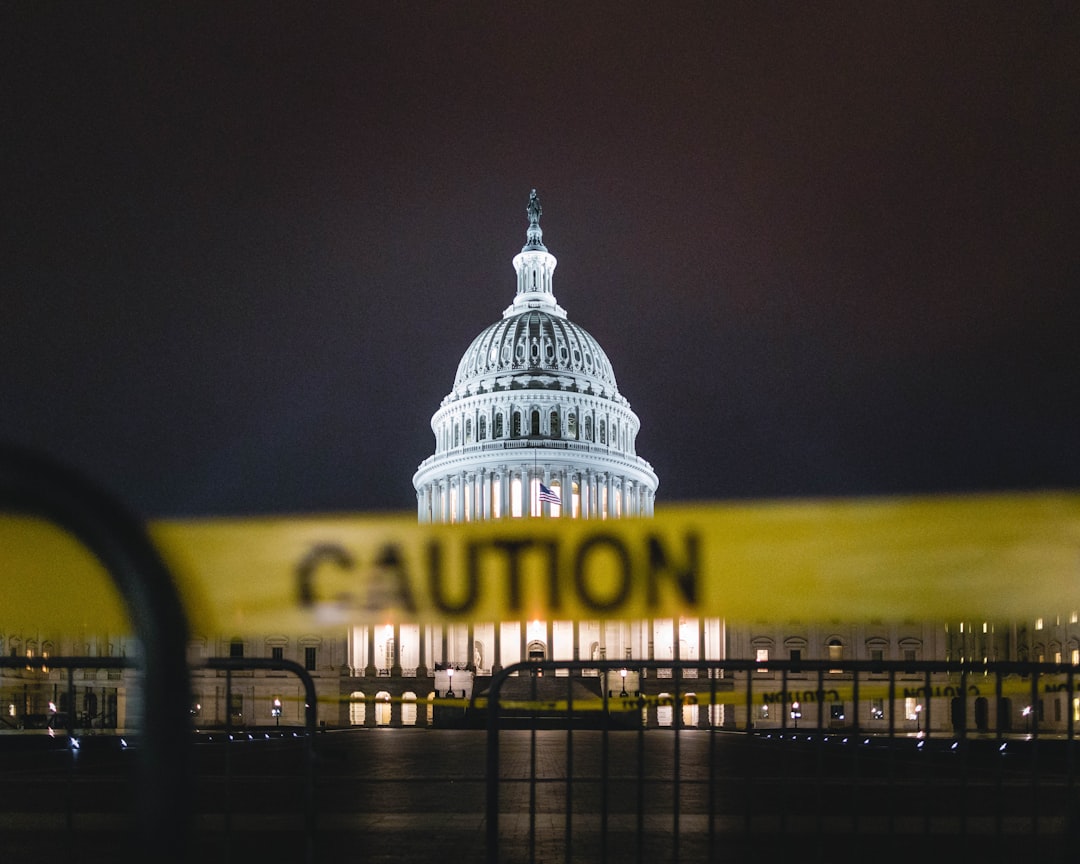Hindostan Falls – The Lost Jewel of the White River
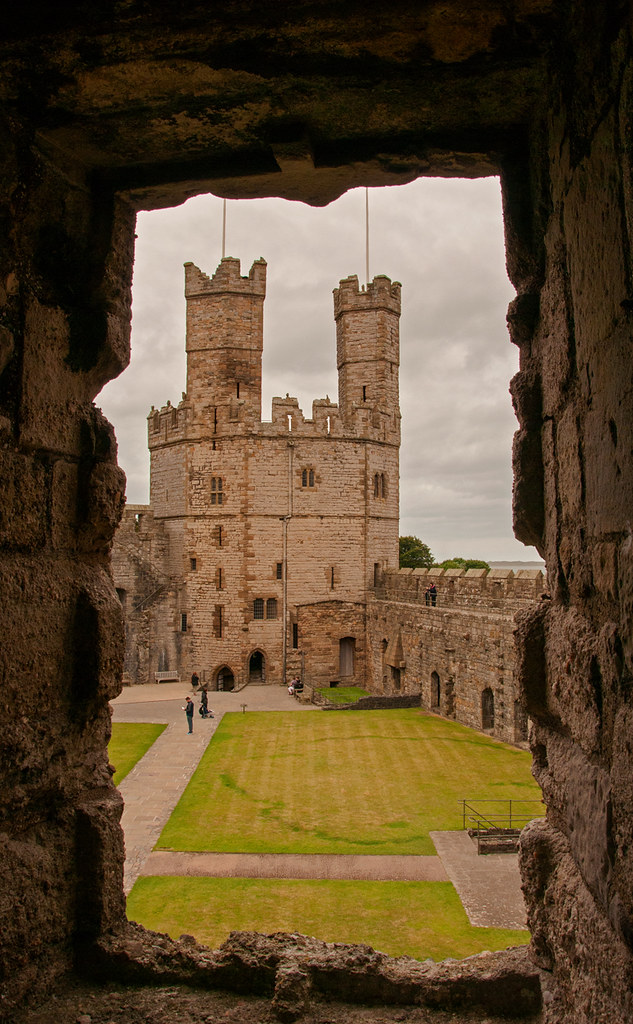
Picture a town of over one thousand people vanishing within just four years, leaving only ruins and whispered legends behind. Hindostan Falls, located at the falls of the East Fork of the White River, boasted a population of 1,200 by 1820, making it one of the largest settlements on the Indiana frontier. Within a span of just four years, the majority of Hindostan Falls’ population had either perished or fled. The story begins in 1808 when Frederick Schultz traveled from Vincennes to purchase land and establish what he hoped would become a major settlement.
The town’s strategic position along the stagecoach route between New Albany and Vincennes initially fueled its rapid growth. In the early 1820s, a devastating outbreak – likely cholera combined with other illnesses like yellow fever – swept through the community. Court records paint a grim picture, noting that over 138 people died in a mere three-month period. Named by Captain Caleb Fellows, an English immigrant with ties to the British East India Company, this settlement seemed destined for greatness before disease brought its tragic end.
City West – Chicago’s Forgotten Rival
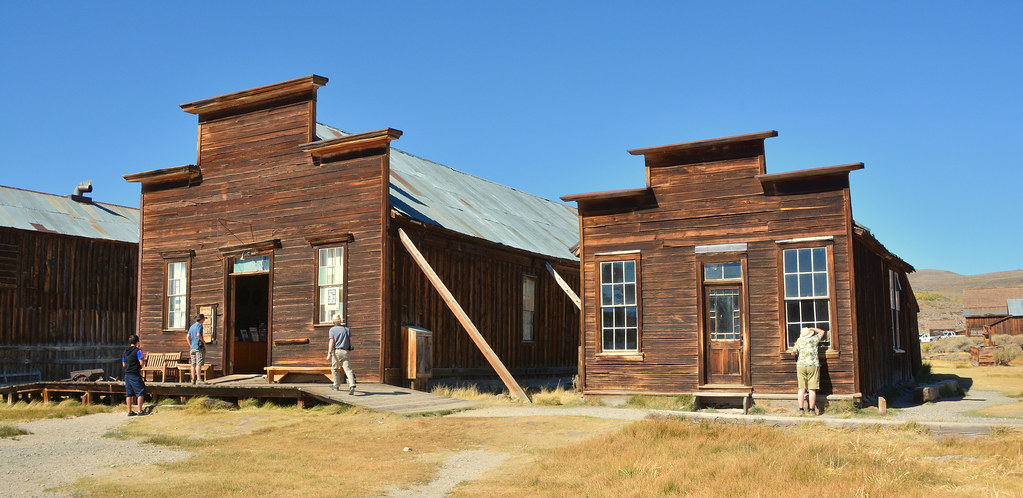
Along Lake Michigan’s southern shore lies the remnants of an ambitious dream that predates Chicago’s rise to prominence. City West was established in 1836 along the southern shoreline of Lake Michigan, near the site of an old trading post called Petit Fort. Positioned directly opposite Chicago, its founders envisioned it as a rival metropolis ideally located for trade. The town initially flourished with 25 blocks, around 40 homes, a sawmill, a pier, and an impressive 22-room hotel serving travelers and investors alike.
While the idea of City West attracted attention at first, practical infrastructure such as schools and churches was neglected, leaving the town’s foundation unstable. Investor panic during the crisis of 1837 brought widespread economic collapse, halting City West’s development. Most residents abandoned the settlement by 1839, and its structures were left to the mercy of the elements. Today, nature has reclaimed this once-promising settlement, with shifting dunes covering most traces of what could have been the Midwest’s greatest port city. Indiana Dunes State Park spans over 2,000 acres of breathtaking white sand beaches, wetlands, woodlands, and dunes.
The Ghost Towns Count – Indiana’s Hidden Legacy
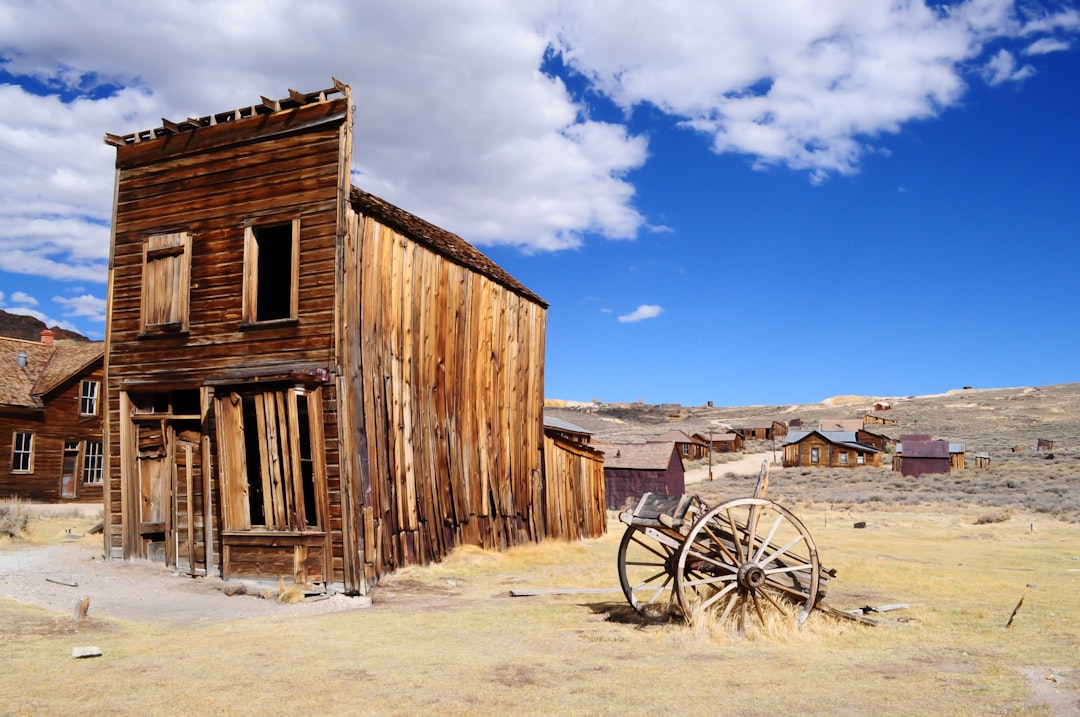
Indiana harbors more abandoned settlements than most people realize, each telling a unique story of Midwest expansion and decline. The United States state of Indiana has many former, abandoned, or ghost towns. A study concluded there were at least forty one, two of which were “drowned towns”. These forgotten places represent different eras of Indiana’s development, from early frontier settlements to industrial boom towns that couldn’t weather economic storms.
Exploring the industrial revolution, population shifts, and abandonment of 41 towns in the Hoosier state. The concentration of these abandoned settlements reflects Indiana’s complex history of rapid growth followed by economic shifts that left entire communities stranded. Some towns were victims of changing transportation routes, others succumbed to natural disasters, and many simply couldn’t adapt when their primary industries disappeared.
Farwest – The Village That Almost Became a Capital
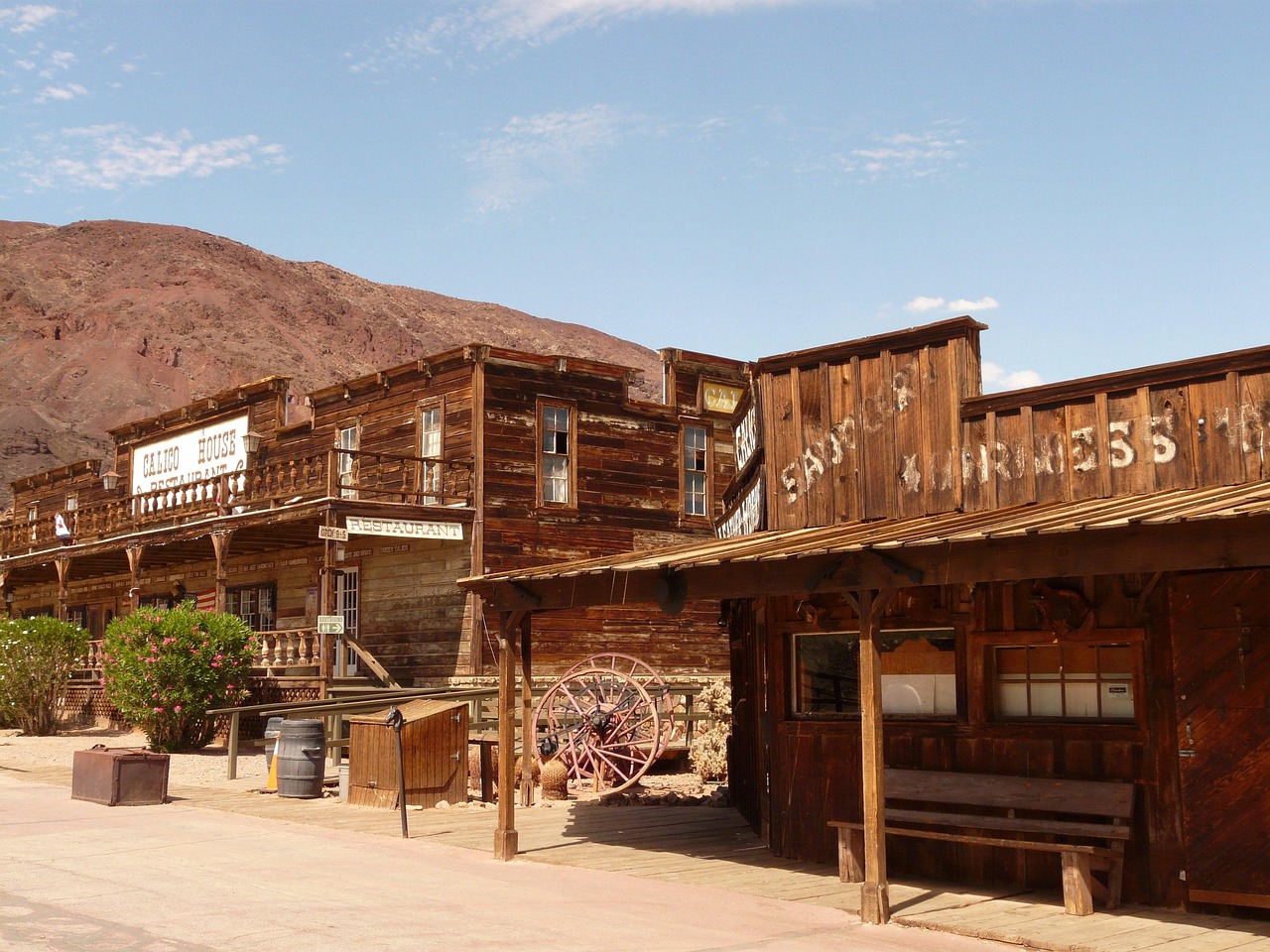
In Johnson County stands the remains of a settlement that came tantalizingly close to hosting Indiana’s state capital. The village of Farwest was described as the “nucleus” of very early settlement in White River Township. Located near the Johnson-Morgan County line, the village once stood near State Road 144 and State Road 37. Before Farwest was established, the area almost became the site of Indiana’s second state capital. In 1820, the area — then called “The Bluffs” — was on the shortlist but fell one to two votes short, according to historical accounts.
In November 1833, Farwest was platted by William H. H. Pinney, consisting of 58 lots and three streets. It was thriving in its heyday and even had a church and school. Historical accounts say Farwest’s demise was attributed to the establishment of Waverly, located about a mile south in Morgan County. The Farwest Post Office, which was established in 1835, was moved to Waverly in 1855. This migration pattern of losing population to nearby competing settlements became a common theme in Indiana’s ghost town history.
Anita – The Railroad Town That Disappeared
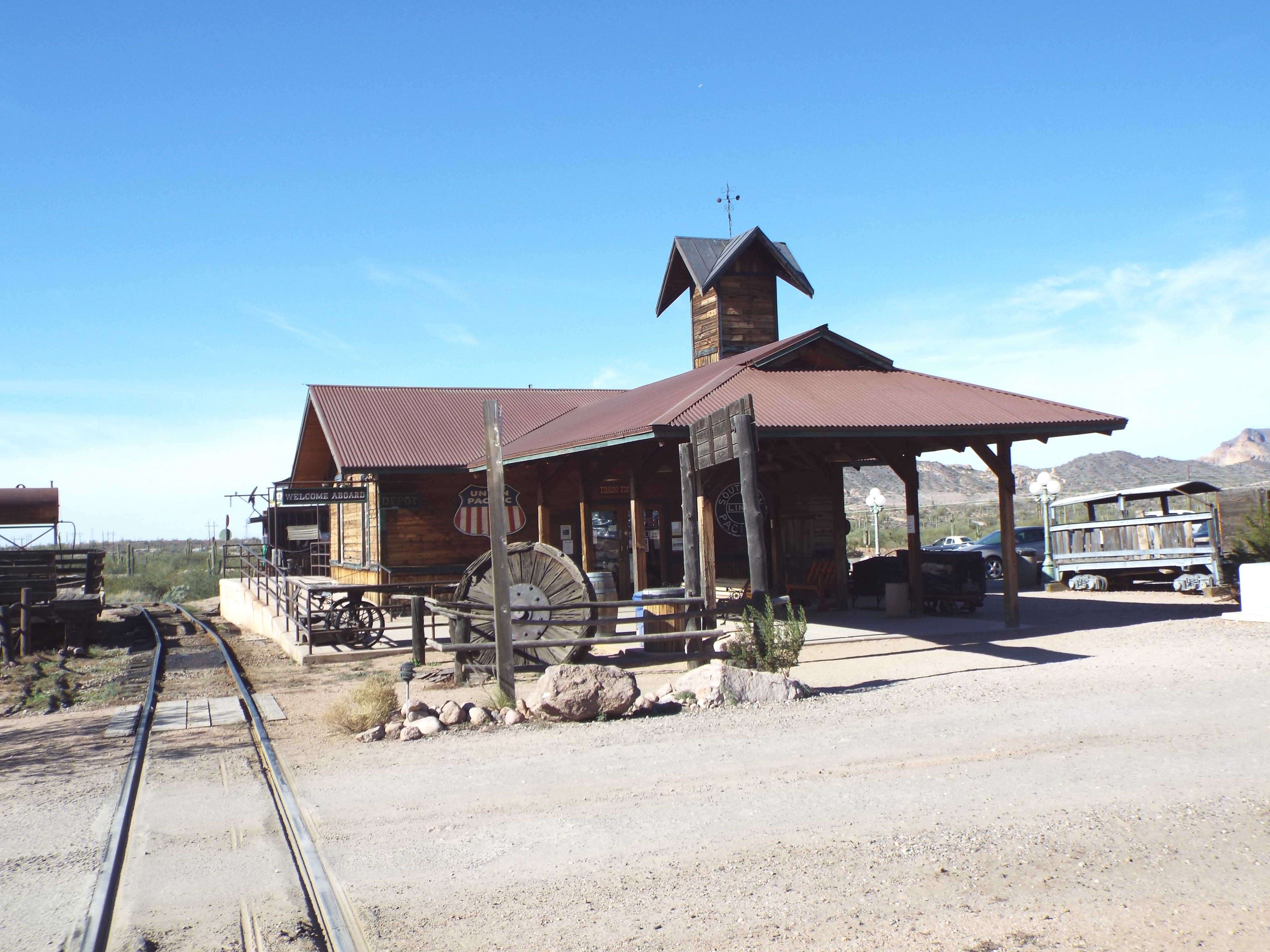
Sometimes ghost towns emerge from the most ordinary circumstances, as happened with the community of Anita in Johnson County. Located west of Trafalgar, the now-defunct Indianapolis Southern Railway built a station there in 1906. Ray S. Blinn, a civil engineer who had helped find the location, proposed naming the station Anita after his infant daughter, Anita Blinn. A town soon rose around the station, and the area became a hub for business. People would go to the station to take a trip to Indianapolis.
In 1911, the station changed ownership, being bought out by the Illinois Central Railroad. Eventually, it was turned into a flag stop, and by 1936 all operations were ordered to cease. By the 1960s, evidence of the village was gone. The rapid rise and fall of Anita demonstrates how dependent many small towns were on transportation infrastructure. In the 1980s, it was nearly removed from maps, an effort stopped by local residents who wanted to preserve its memory. A resolution introduced by State Rep. Woody Burton would lead to it being kept on the maps.
Worthsville and Pushville – Twin Settlements of Greenwood
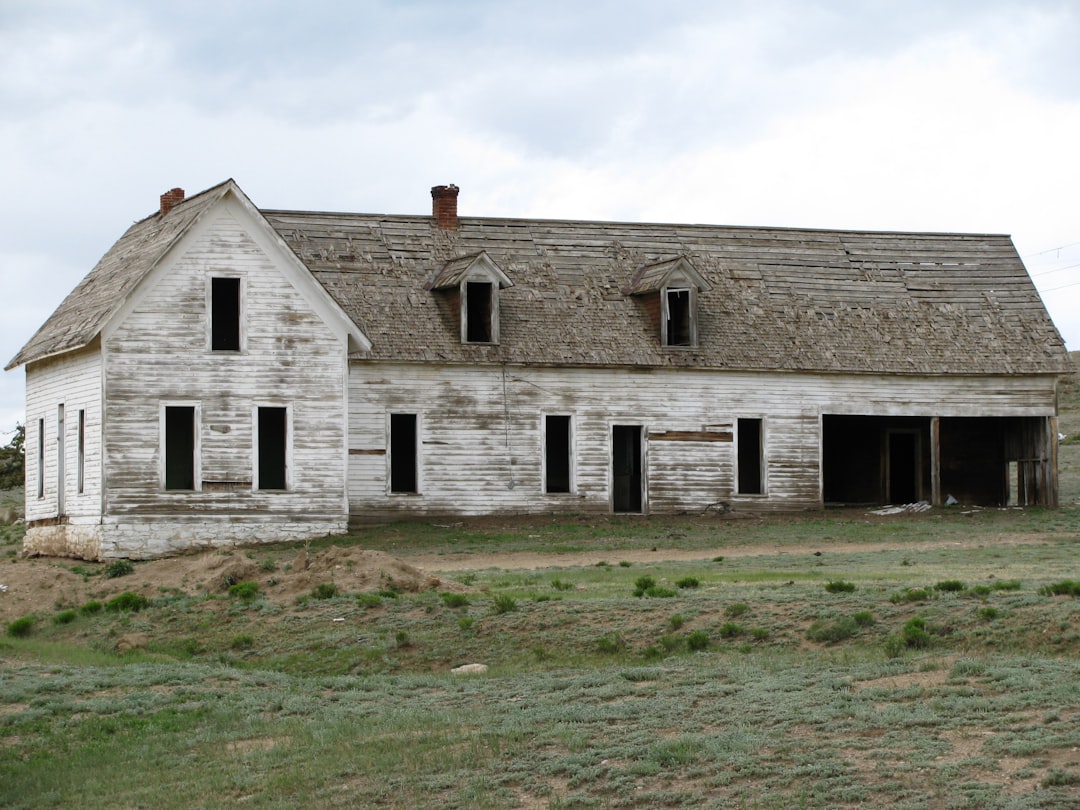
Before Greenwood’s suburban expansion consumed the landscape, two tiny settlements dotted the area that would later become familiar street names. Before the names were assigned to roads on Greenwood’s south side, Worthsville and Pushville were a pair of tiny settlements that popped up in the mid-1800s. Named for an Indiana senator, an Irishman named Sam Montgomery was its “leading citizen and its chief reason for being.” When Montgomery and his wife moved to the county around 1870, he built a store and sawmill. After Montgomery moved in, other settlers followed.
Eventually, there were six or seven houses in the neighborhood, along with a gunsmith and a blacksmith. These micro-settlements illustrate how Indiana’s ghost towns weren’t always grand cities that fell into ruin, but sometimes modest communities that simply faded as their founding families moved on or died. The transformation of these settlement names into modern street names represents one way communities preserve their vanished past without most residents even realizing the historical connection.
Turpey – The Post Office That Changed Its Name
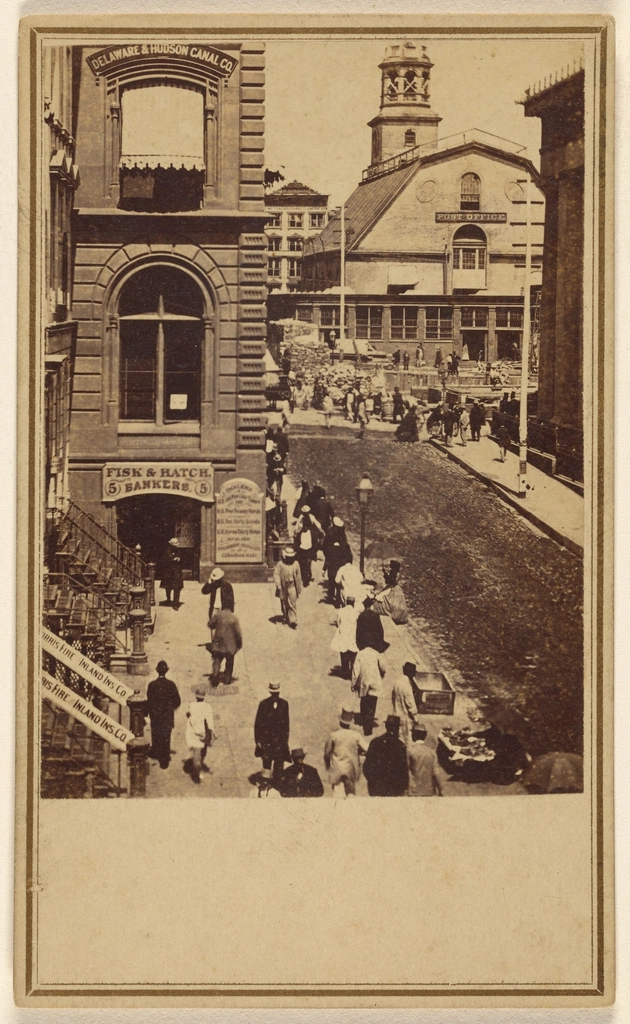
The evolution of place names often reveals the fluid nature of frontier settlements, as demonstrated by the community once known as Turpey. For several years in the late 1880s and early 1890s, Turpey was the site of one of Union Township’s four post offices. In 1899, postal service was dropped. When the name of the village was also dropped, the area became known as Pea Ridge. The Evening Star even had a Pea Ridge correspondent.
This name transformation from Turpey to Pea Ridge shows how communities could essentially die and be reborn under different identities without physically moving. The loss of postal service often marked the beginning of the end for small settlements, as mail delivery represented official recognition of a community’s existence. Once that connection disappeared, many towns found it difficult to maintain their identity or attract new residents.
The Drowned Towns – Lost Beneath Indiana Waters
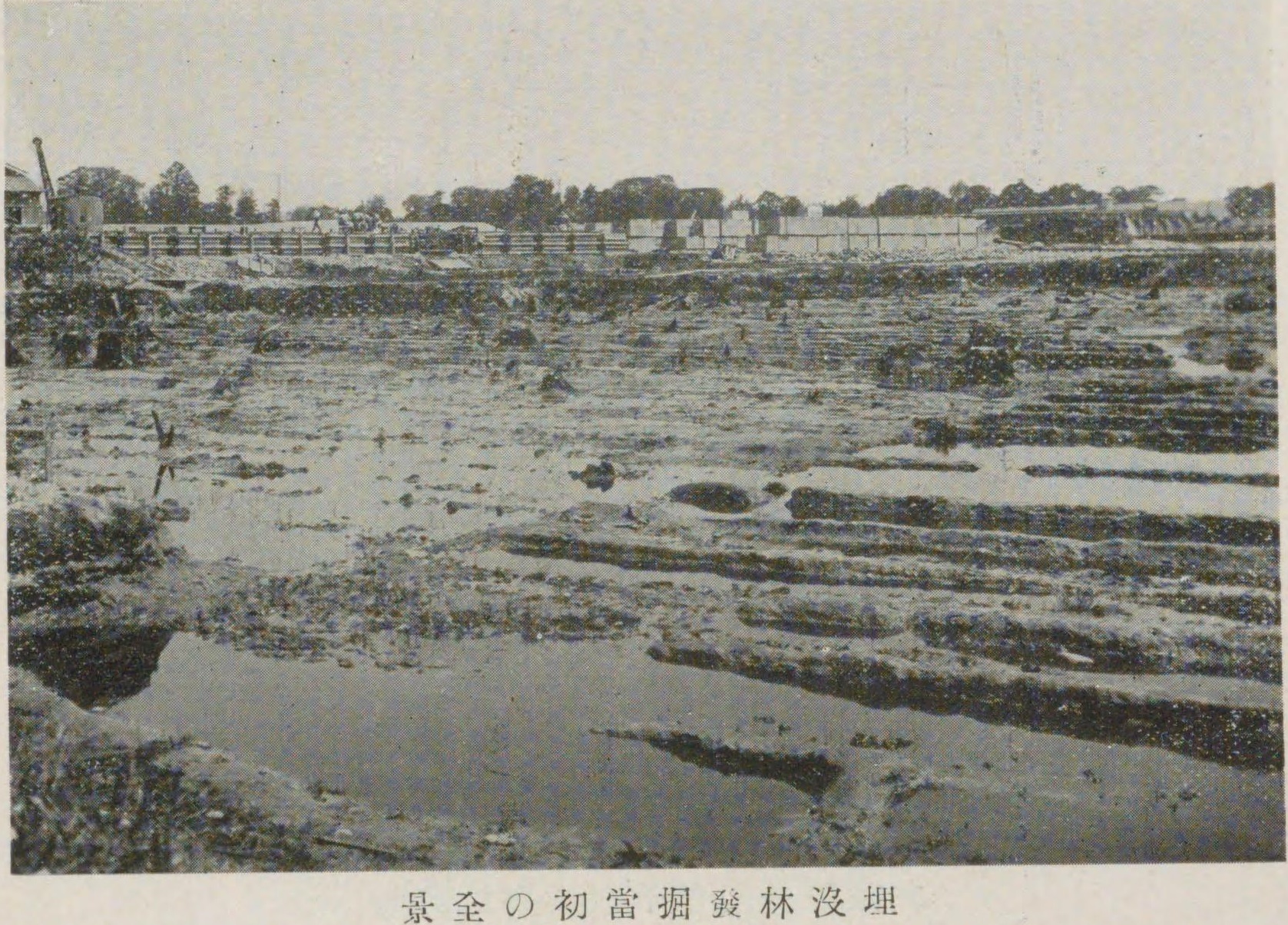
Among Indiana’s forty-one documented ghost towns, two represent a particularly dramatic form of community loss – complete submersion beneath reservoir waters. A study concluded there were at least forty one, two of which were “drowned towns”. These underwater settlements represent communities that were sacrificed for the greater good of flood control, water supply, or hydroelectric power generation, forcing entire populations to relocate permanently.
Unlike other ghost towns that visitors can still explore, these drowned communities exist only in memories, photographs, and the occasional drought that reveals submerged foundations. The creation of reservoirs and dams throughout Indiana required difficult decisions about which communities would be preserved and which would be sacrificed for development projects. These submerged towns remind us that progress sometimes comes at the cost of erasing entire histories from the landscape.
Industrial Mining Towns – Echoes of Earth’s Treasures
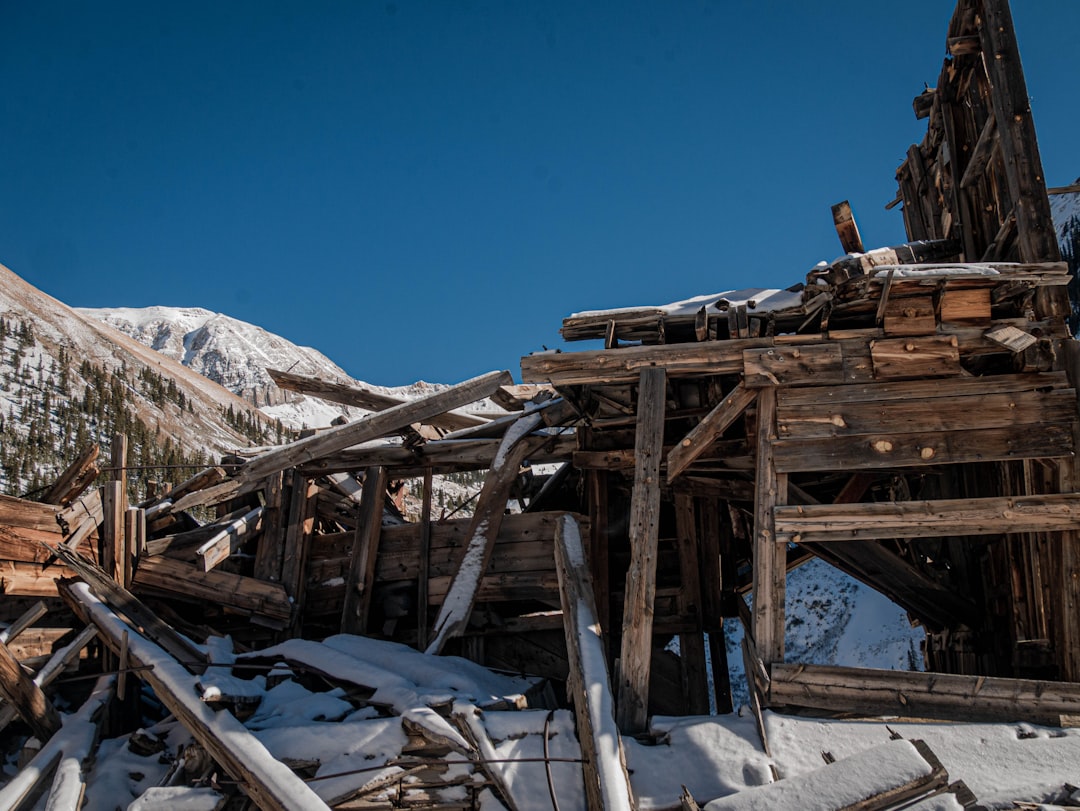
Indiana’s ghost towns aren’t limited to agricultural settlements and transportation hubs – the state also contains abandoned mining communities that once extracted valuable resources from beneath the earth. This ghost town in Indiana was once rocked by explosions so loud and so violent that they were heard more than 200 miles away. The mining industry created some of Indiana’s most dramatic boom-and-bust cycles, with towns appearing almost overnight when valuable deposits were discovered.
These mining settlements faced unique challenges compared to other types of communities, as their existence depended entirely on extractable resources that would eventually run out. When mines closed due to depletion, economic changes, or safety concerns, entire towns could become obsolete within months. The violent explosions mentioned in historical accounts speak to the dangerous working conditions that characterized many of these industrial settlements, adding an element of tragedy to their eventual abandonment.
Preservation Efforts and Modern Exploration
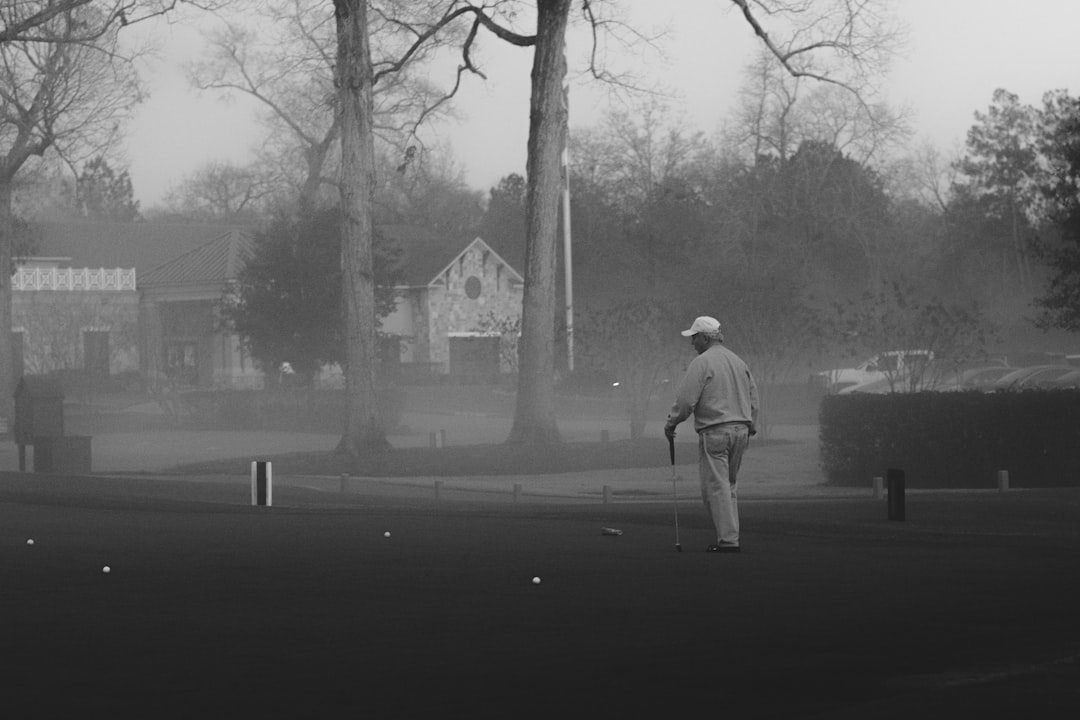
Among its most fascinating features is a high concentration of ghost towns. In a story similar to that of Indiana’s Rose Island, an abandoned amusement park which is now part of Charlestown State Park, one standout is City West, an eerie, dune-covered ghost town now part of Indiana Dunes State Park. State parks have become important guardians of Indiana’s ghost town heritage, protecting these historical sites from vandalism and development while making them accessible to curious visitors.
However, it is still pretty creepy to explore abandoned buildings or the remains of buildings being reclaimed by nature. Nevertheless, I think a road trip to visit some of these abandoned towns in Indiana would be fascinating. Modern ghost town tourism has created new economic opportunities while raising awareness about Indiana’s hidden history. These preservation efforts ensure that future generations can learn from these communities’ rise and fall, understanding the forces that shaped the Midwest’s development.
Hidden Treasures and Legends
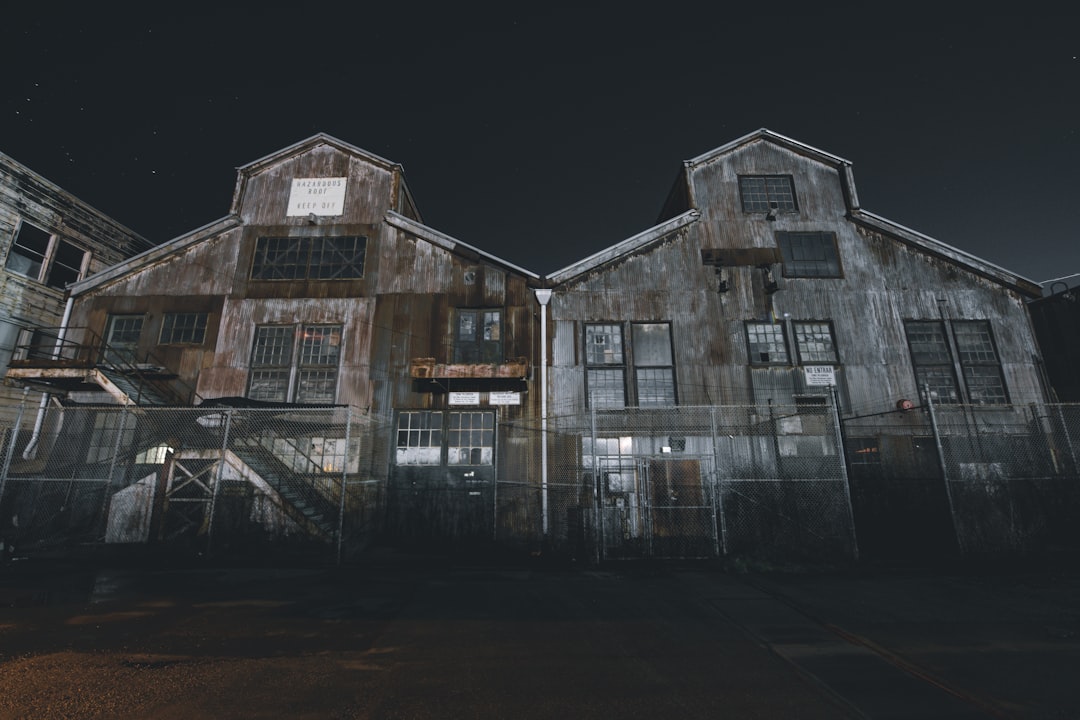
Many of Indiana’s ghost towns come with intriguing legends of buried treasure and mysterious disappearances that continue to captivate treasure hunters and historians. As with many ghost towns, Hindostan Falls has its share of treasure and legends. One tale speaks of the town treasurer who died before revealing where he had hidden the town’s funds, including money earmarked for a courthouse and library. These stories, whether true or embellished over time, add layers of mystery to already fascinating historical sites.
The legend of hidden gold at Hindostan Falls demonstrates how ghost towns often become repositories for local folklore as much as historical fact. Though much of the town has faded into history, the allure of Hindostan Falls remains, with whispers of buried gold captivating treasure hunters and history buffs alike. These treasure stories serve multiple purposes – they keep interest in the sites alive, they provide romantic explanations for sudden community abandonment, and they reflect the very real wealth that some of these settlements once possessed.
The ghost towns of Indiana stand as monuments to the unpredictable nature of frontier life, where communities could rise from nothing and disappear just as quickly. From disease-ravaged Hindostan Falls to the sand-covered dreams of City West, each abandoned settlement tells a story of ambition, struggle, and ultimate transformation. These forty-one documented ghost towns represent thousands of individual stories – families who built homes, businesses that served customers, and children who played in streets that no longer exist. What unexpected stories might be hidden beneath the Indiana soil you walk on today?

